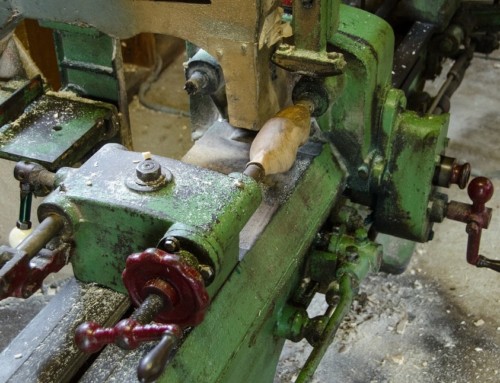Cambrige AS and A Level Accounting Notes (9706)/ ZIMSEC Advanced Accounting Level Notes: Inventory valuation: Inventory valuation methods
- The figure for inventory is obtained from actual physical stock takes
- We have already looked at the exact definition of inventories during the introduction to inventories and when we looked at IAS 2
- It has also been pointed out that there are two ways of maintaining inventory records:
- You can click on the links above to learn more about these
- According to IAS 2 inventories are supposed to be valued at the lower of cost and net realisable value (NRV)
- Cost-all costs of purchase, costs of conversion and other costs incurred in bringing the inventories to their current location and condition
- NRV-fair value less further costs to sell e.g. costs required to bring the item into a saleable condition
- Both the above terms are fully explained in our examination of IAS 2
- Under normal circumstances and in the majority of cases inventory is valued at cost otherwise a business would be making losses
- There are however circumstances where such as when goods are damaged in storage or become obsolete where it is necessary to value them at net realisable value
- During the inventory valuation process the following decisions has to be made:
- Whether to value goods at cost or net realisable value
- If goods are to be valued at cost what method should be used to determine the actual cost
Determining the cost of inventory
- As already repeatedly mentioned traditionally inventory is valued at cost
- That is the actual cost expended in obtaining the inventory plus any other costs incurred into bringing the stock into a saleable condition
- In the real world however determining the cost we paid for an item might not be so simple as one would initially assume
- Consider John who runs a business where he buys roofing nails and sells them for a profit
- If he purchased 10 000 kgs of nails and sold 9 000 he obviously has 1 000 kgs left as closing inventory
- If the purchasing price has remained constant at $3 through out the year then the value of closing inventory would be
- $3 000
- Now imagine the purchase price had increased from $2.50 to $3.00 during the year
- It would be hard to determine which of these he bought for $2.50 and which for $3.00 unless maybe each one is marked
- It is often the case that it is not feasible or practicable (sic) to track the movement of each inventory item although computers are changing that
- In practice entities come up with a valuation policy when it comes to determining the value of inventory
- There are generally four accepted methods of individual valuation when it comes to determining cost:
- Actual unit cost where this can be tracked especially using bar-codes and computerised computing systems to scan items in out of inventory storerooms
- FIFO: First In First Out
- Average cost or Weighted Average
- LIFO: Last in First Out
- This is where discussion of the actual unit cost ends you can click on each of the other methods to learn more about it
To access more topics go the ZIMSEC Advanced Level Accounting page
To access more topics go to the Cambridge AS/A level page








